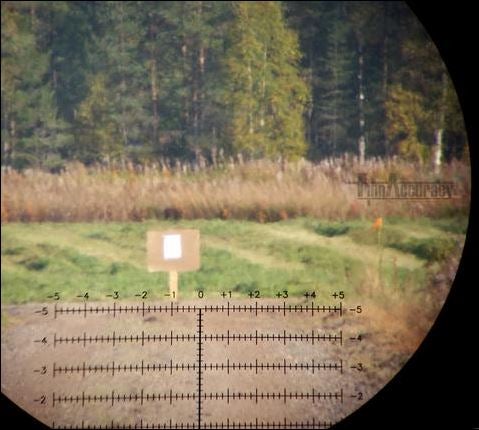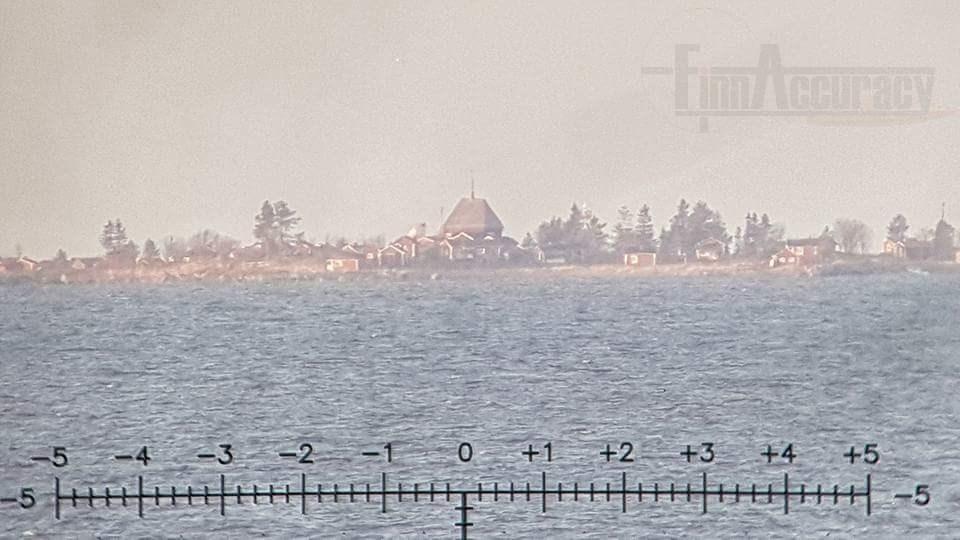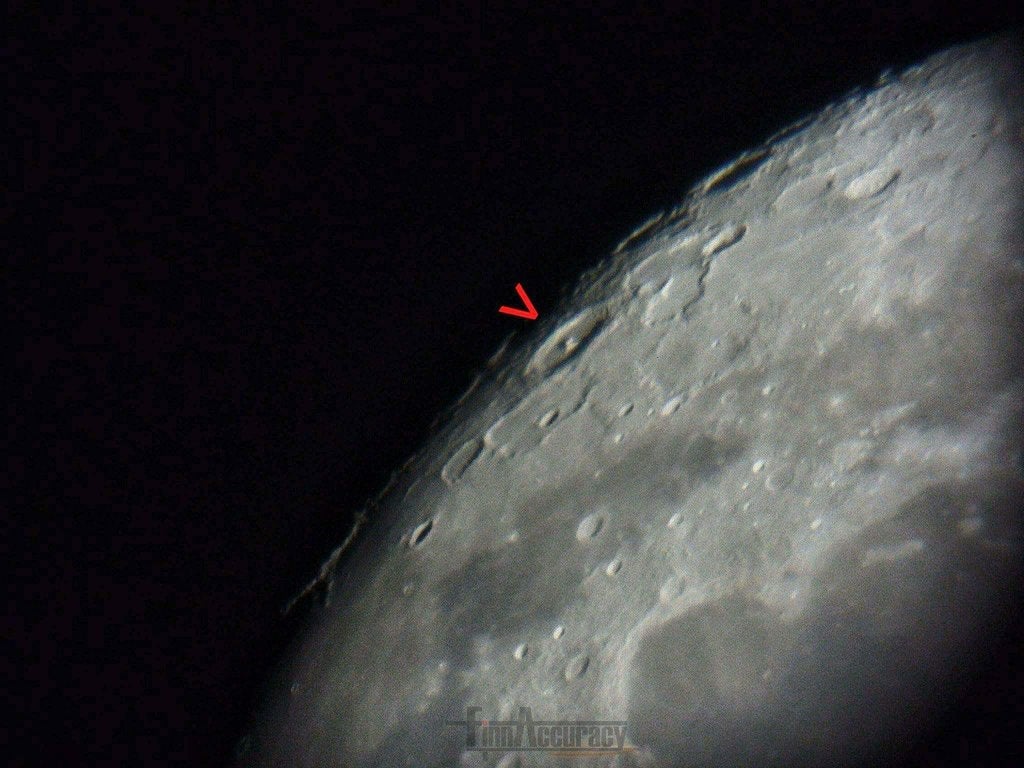This article is published with permission from Finnaccuracy in Finland. You can find the original here.
There is a lot to read, over 2000 words, but it’s well worth it if you’re looking to buy one now or later, or just learn more about these First Focal Planer spotters. Note that the writer’s first language is not English/American, neither is mine.
Bushnell Legend Tactical 15-45x60mm
Hensoldt Spotter 45, 15-45×72
Sightmark Latitude 20-60×80 Tactical
Sightmark Latitude 15-45×60 Tactical
Leupold Mark4 12-40x60mm Tactical
Zeiss Diascope FL 85 + Vario D 20-75x
Obviously prices and availability of these scopes may vary depending on your location.
Here we go:
There has been reasonable priced spotter FFP alternatives available for a while already. Long Range shooting has became popular, but offerings in the spotting side is still surprisingly modest.
First things first: comparison against much, much more expensive spotters is not fair, and it wasn’t intended to be. Meaning of this review is to see differences, and offer reasonable good idea to shooters what they would get with their hard-earned money. FinnAccuracy sells all spotters mentioned on this test- but our policy has always been that our customers should know what they are getting.
Problem with good FFP spotters has always been eye-watering price. In practice, Long Range shooters needs tend to disqualify all spotters without reticles- or at least, majority of practical field shooters would like to have usable reticle too in FOV.
MRAD scale is preferred, for the same reasons as with with rifle scopes. These terms have traditionally lefty only expensive military spotters on table – but now there might be usable alternatives. Or would there? This issue has kept Finnaccuracy R&D department wake during nights and especially days, so we decided to find out by ourselves.
Six scopes were used: Bushnell 15-45x, Sightmark 15-45x ja 20-60x, Leupold Mk4 12-40x, Hensoldt Spotter 45 15-45x and Zeiss Diascope 85 20-75x.
Hensoldt is most expensive with its over 4000€ price tag (including Finnish 24% VAT). Hensoldt prices rised just before this article was written (9/2017). Hensoldt price consist Horus reticle licence fee, approximately 400€. Naturally Leupold does not get same reticle for free either, and this fee is naturally forwarded to Leupold customers too. Leupold is still much cheaper, with TMR or mildot- reticles approximately 2300€ including Finnish 24% VAT. Zeiss Diascope with bigger 20-70x Vario- eyepiece costs approximately 3000€, so reference scope price difference against for instance Bushnell is 3x…5x.
Zeiss is of the older design, and comes from an era when Hensoldt was still part of Carl Zeiss. For instance, Diascope focus mechanism was originally designed by Hensoldt, but Hensoldt never used it in their own scopes. Zeiss is an excellent scope and birdwatchers still appreciate its performance. Its one of the hardest scope to beat optically- but still good reference in any scope test where difference to top-end performance is under examination.
In FFP -spotter world, any variable magnification MIL-reticle spotter under 1000€ price can be considered cheap. All three reviewed scopes fall under this magic number. 20-60 Sighmark just slightly, but still.
What is inside?

Typical spotter construction- certain Leupold model in pic. Magnifying mechanism and prisms clearly visible.
The worn saying “one must choose cheap or good” is not so simple anymore. Current far-east cheapo production can actually offer reasonable – even good- price to quality ratio. But if talking about absolute performance, western top league is still there alone. Especially if – for instance German – scope costs 5 times more. In another hand, glass or steel does not care of know where it was made as long as it was made right.
On paper, cheaper FFP spotters seem really interesting, even very good. All are specified as water- and fogproof. All has multi-layer coated lenses (all lenses) and dielectric mirrors on prisms. Although Bushnell mirror spec had to be digged a little bit, specifications do not mention it directly. With Bushnell, prism material type is also specified to be “BaK4”. Name is familiar to those who know about excellent optics- it is originally German Schott Glasswek product name for certain optical glass type and still widely used in high-end binoculars, for instance. How ever, most do not know that far-east manufacturers use same name for their own glassversion- but their version is made with different specifications.
Amount of allowed micro-bubbles among other specs (refraction, diffraction) are not in same level. Bushnell also mentions about “PC-3” phase coating. This is related to phenomenon where different light wavelengths (colors) naturally bend in different angles from glass surface, causing blurriness and aberration. Phase correction coatings are not new invention either, but still cost some money. But in the end of the day, only image quality is what counts. “Pumagi pumaga, a praktika jest praktika” -as already late J. Stalin kindly explained difference between papers and practice to his Soviet citizens.
Out of three reviewed scopes, Bushnell is by far lightest and also smallest. Very much like Leupold Mk4. Also all three come with cordura- or similar canvas- protective pouch. Which is excellent by the way. Both objective and ocular can be protected fast with velcro/zipper flaps. Separate lens covers are not needed at all, scope can be tossed to backpack with skin on only. Will stay clean for next use. Very similar pouches were originally offered for Leupold Mk4 scopes easily 10 years ago, and it worked as conveniently already then.

The design of the Zeiss Victory Diascope

Leupold Mk4 12-40 with Horus H-32. 400m/437yds.
With reticle design, Bushnell’s version would have been my choice. For couple of reasons. As with Sightmark reticle, hairline is thin and does not interfere general distant observing too much- which is purpose of having spotter in the first place. Bushnell reticle has hashmarks with 0.2mrad deviation, and much more precise milling is therefore possible. Sightmark spotter has 0.5mrad hasmarks witch is good for any other spotting but milling. Bushnell mrad scale is 2% off, which is not optimal but still bearable: Distance error can be corrected easily without too much effort and without calclulator or charts, and 2% impact correction error in typical misses is more or less negligible. Smaller 15-45 Sighmark reticle was correct, as was the case with Hensoldt and Leuplold Mk4. Sightmark 20-60, however has about 34% dimension error, so reticle is unfortunately useless for most.
Light line-hash reticle works well in LR shoot spotting because it does not destroy general visibility. If reticle is used for calling shots and measuring corrections, Horus H-32 type can rarely be used so that it is laid over target, as many would prefer to do it. In military use but also in target shooting, 2nd shot should be sent ASAP, in same wind conditions. In military use fast 2nd shot is important also for other reasons, target may cowardly seek protection after first near-hit impact. But seeing impact signature clearly enough to call it precisely and/or know previous hit placement is often very hard. Heavy pattern of rather thick reticle lines are blocking precious view, also distracting to eye. Good thing is that reticle is moved to lowed third of FOV, keeping center completely clear for general viewing and observing. With some manufacturers there are also several reticles to choose from, Leupold Mk4 for instance is offered with mildot, hash-0.2mrad TMR or H-32.
Let’s measure!
Measurements were made with two different tests. First part was was measurement of absolute resolution with different color backgrounds, so in practice contrast effected in results too. Chromatic aberration was not measured or estimated this time, it would have required better conditions to reliably compare it. Second test purpose was to answer question puzzling shooters around world- “how far I can see bullet holes with it?”. Real bullet holes were not harmed during tests, only black dots with precisely correct diameters. Resolution line charts were taken to 214m distance. Charts were originally scaled and thought to be used with riflescopes with max app. 25x magnification at 100m distance. In order to get reasonable performance dispersion between spotters, we used 214m distance.

This turned out to be also close to maximum for weather conditions we had. Mirage was not really bad, little wind and 14C/57F, but still any more would have caused mirage- reduced points. As an pointer and clarification for test result sheet, used method arcsecond is not directly comparable to theoretical calculated max resolution. It is different thing to resolve, for instance, individual round dot with 1 arcsec diameter than several long lines with 1 arcsec thickness and 1arcsec deviation.

Seeing lines is easier- and result is better that theoretical maximum resolution from same size aperture/objective can ever be. However, results are still comparable when same charts are used, especially when they are used in same atmospheric conditions on same time. Note also that photos look much worse than image actually was. Mirage messes camera auto-focus a bit. Exposure time + mirage makes result even more blurry. So the purpose of the photos is to show what was going on. But we tried!
Based on the mirage warning we had with resolution charts, we knew that it’s going to be even more difficult with bullet hole test. Mirage wasn’t too bad, but still too much and limited performance of all spotters. We still decided to give it a go, just to see. Old riflescope rule-of-thumb was confirmed with spotters too- higher performance optics can “penetrate” also mirage much better.
At 200m it was still possible to see all 5 “holes” with all scopes.
At 300m, 15-45 Sightmark was only able to reveal .50 cal dot. Bushnell 15-45 was still able to reveal that there is .338 dot too. Sightmark 20-60 still resolved 7.82 (7.62) dot, barely but still. Leupold 12-40 and Hensoldt 15-45 showed still 6.5mm dot, but there was no hope to see the .224/5.56mm dot.
At 400m Hensoldt ja Leupold were still surprisingly close, both were able to resolve the .338 dot. Sightmark 20-60 showed only 50 cal dot, but nothing smaller. For this distance, Zeiss Diascope 85 was also hauled from trunk to row.
As anticipated after line-chart tests, 6.5mm dot was still possible to see- with tightest margin.

We knew that 500m distance would be more or less hopeless for all scopes, very likely .50cal is only that even could be seen, so we did not try it.
600m would be hopeless for any size dot. As we did not print any howitzer impact holes, we decided to give up at 400m.
As an side note, theoretically Zeiss 85 mm (or any same size) objective is able to produce maximum resolution equaling .22 hole at 815 m distance with 575nm light wave length, which is on about middle of visible light spectrum. Shorter the wavelength (shift toward blue), more details can be seen. 60mm objective drops maximum resolution to app. 570m distance with same .22 sized dot, so “performance drop” caused by smaller objective only is about 30%. 85mm vs 60mm objective surface-area difference is almost 50%, so this has its effect.
Theory and practice are still not meeting in practical conditions- moisture (water on air) absorbs and distort light, and mirage messes it up even more. Further the observed object, relatively more atmospheric conditions start to take their toll. Also contrast effects greatly on ability to see details from image, so there can be big differences between scopes/models/manufacturers.

Sightmark 15-45, 200m. All dots still visible.

As an example what decent lens telescope can show when atmospheric conditions are not limiting factor. This is the Leupold Mk4. Distance to church tower on middle of pic is 14.7km or 9.13miles.
Another example from Zeiss below.

Zeiss Diascope 85, Phytagoras crater. Crater diameter 130km or 80.7miles. Double peak center mountain height is 1.5km/4900ft.
Conclusion
All of the reviewed spotters work. All come with very good and usable accessories, meaning rails and skin- type pouch. Big reticle scaling error in bigger Sightmark makes purpose of whole reticle questionable, but still it doesn’t really take anything away from general viewing side. Both Sightmarks also had countless amount or very small dots in reticle plane, probably as unwanted side-result from reticle etching/masking process. Some may be bothered about them, but in real life they do not really matter or take any optical performance away from scope. Bushnell is very light and slender, and would surely be the one from row that one packs to back-bag for occasional use. Bushnell focus is very sensitive to use- but is still not actual problem. Works fine after owner gets used to it.
There weren’t any big surprises with reference scopes. The mighty 85mm Zeiss still kicks ass. As a side note – Diascope 85 little brother Diascope 65 was selected for sniper teams by Finnish army.
Also the smaller version has an excellent optical performance. Leupold Mk4 also showed that USMC/Army are not using it (M151 spotter) for no reason. It is cheaper, but very handy and also optically petty good. It is not Zeiss or Hensoldt – but still good. Zoom and especially focus are very easy to use- not too stiff but not too light either.
Hensoldt is optically very good as expected, but also made sturdy with Al housing and therefore heavy. Hensoldt has both zoom and focus, and in traditional Hensoldt are they are way too stiff to keep the scope pointed during adjustments. Apparent reason is hevay-duty sealing – Hensold was made for hard conditions.
FinnAccuracy Optics Test Sheet – Ver2 Test pattern:

For a Full Size picture of the above, please click here.
YouTube: FFP spotter review – Hensoldt, Sightmark, Bushnell, Leupold Mk4, Zeiss
See specifications from manufacturer pages / Tekniset tiedot löytyvät linkkien takaa.
Bushnell Legend Tactical 15-45x 60mm T Series (781545ED)
http://www.bushnell.com/all-products/spotting-scopes/legend-tactical/15-45x-60mm-t-series#
Sightmark Latitude 15-45×60 Tactical Spotting Scope (SM11033T)
http://www.sightmark.com/product.php?item=656
Sightmark Latitude 20-60×80 XD Tactical Spotting Scope (SM11034T)
http://www.sightmark.com/product.php?item=657
Reference scopes:
Leupold Mark4 12-40x60mm Tactical Spotting Scope (FFP, Horus H32)
https://www.leupold.com/spotting-scopes/mark-4-12-40x60mm-tactical-spotting-scope
Hensoldt Spotter 45, 15-45×72 (FFP, Horus H32)
https://www.hensoldt.net/solutions/land/optronics/spotting-scopes/
Zeiss Victory Diascope FL 85 + Vario D 20-75x
Many thanks to Finnaccuracy for sharing their knowledge.
 Your Privacy Choices
Your Privacy Choices
